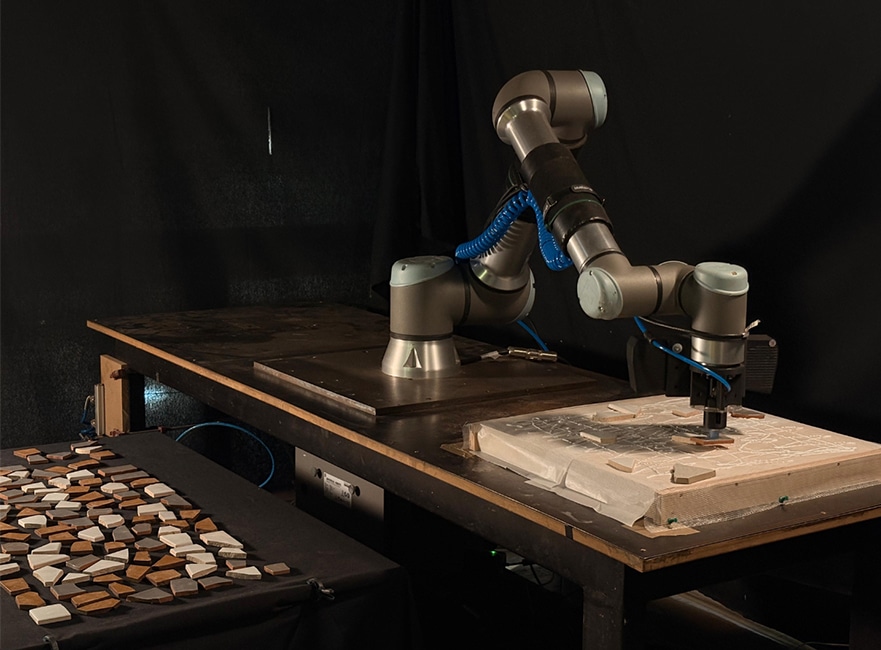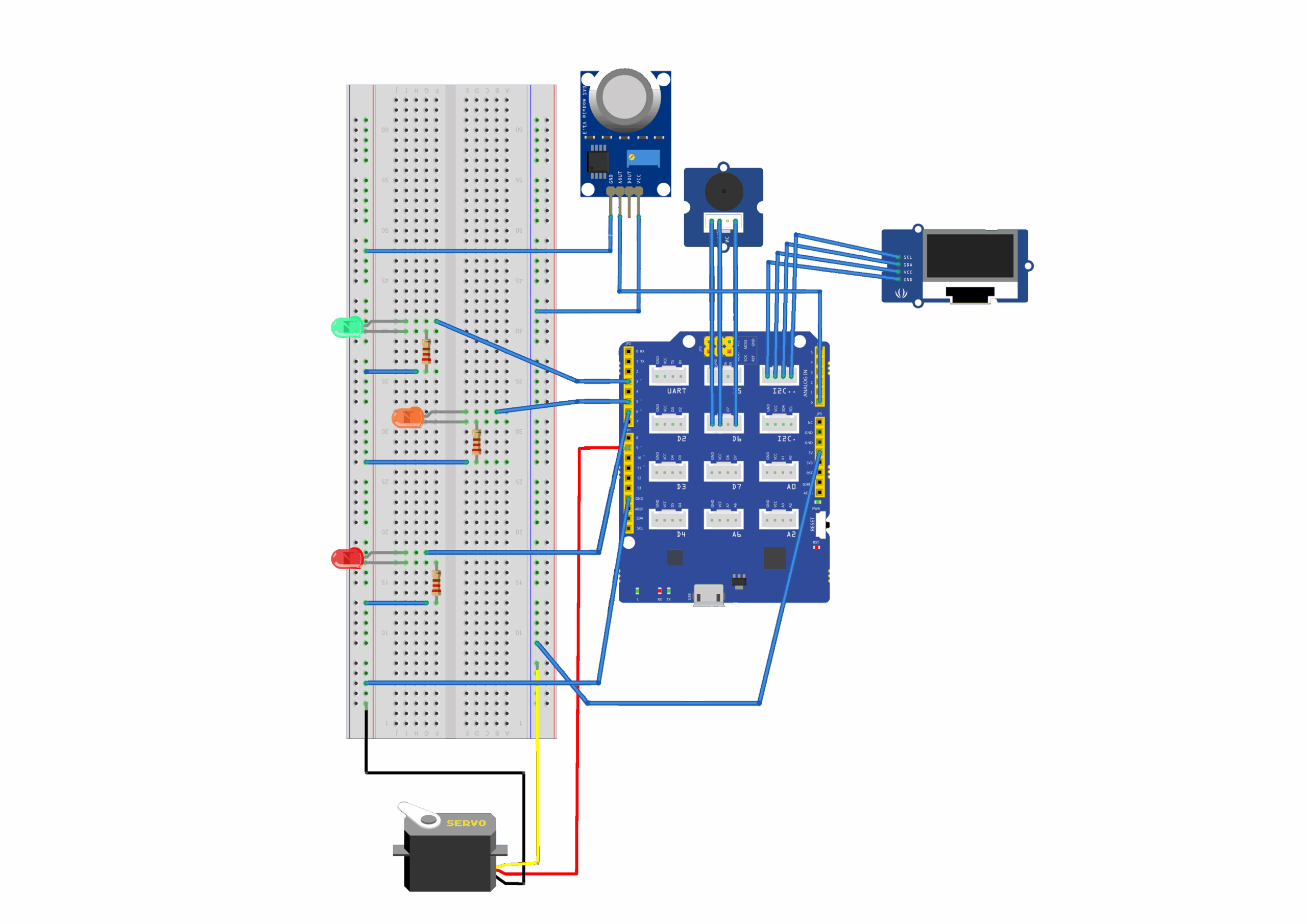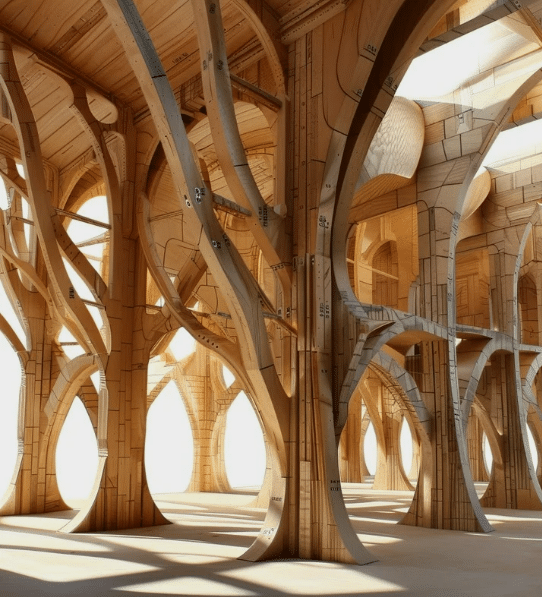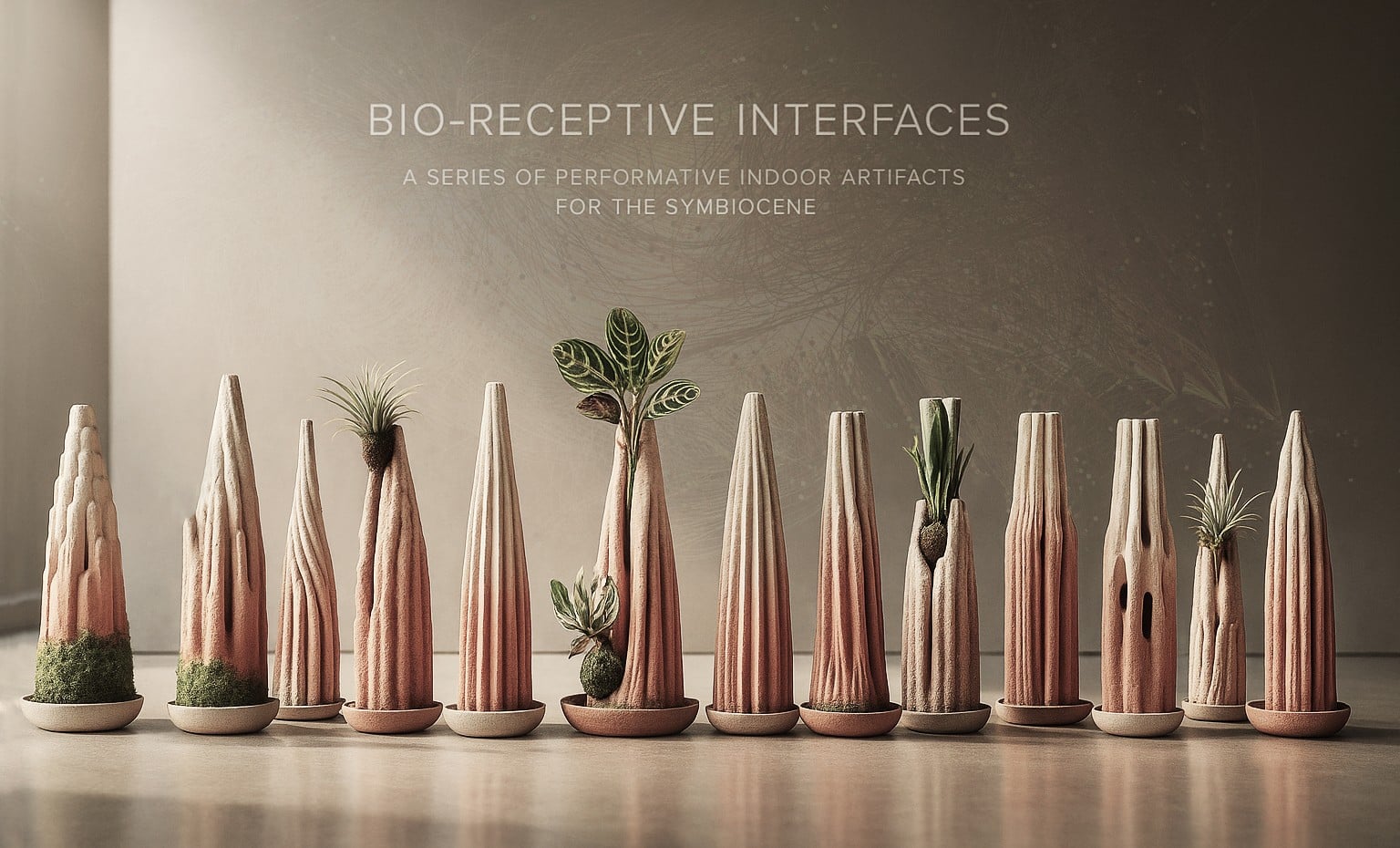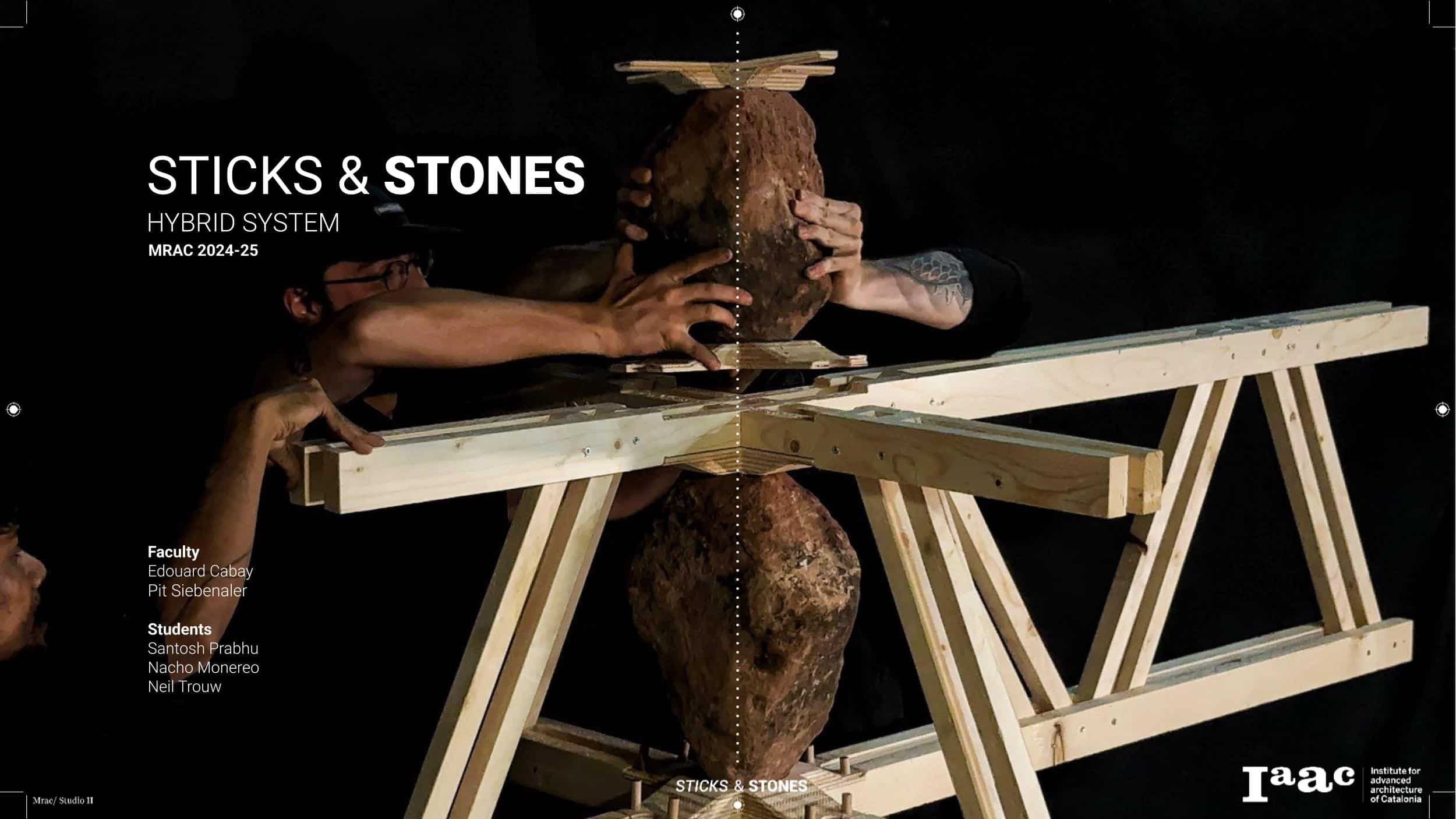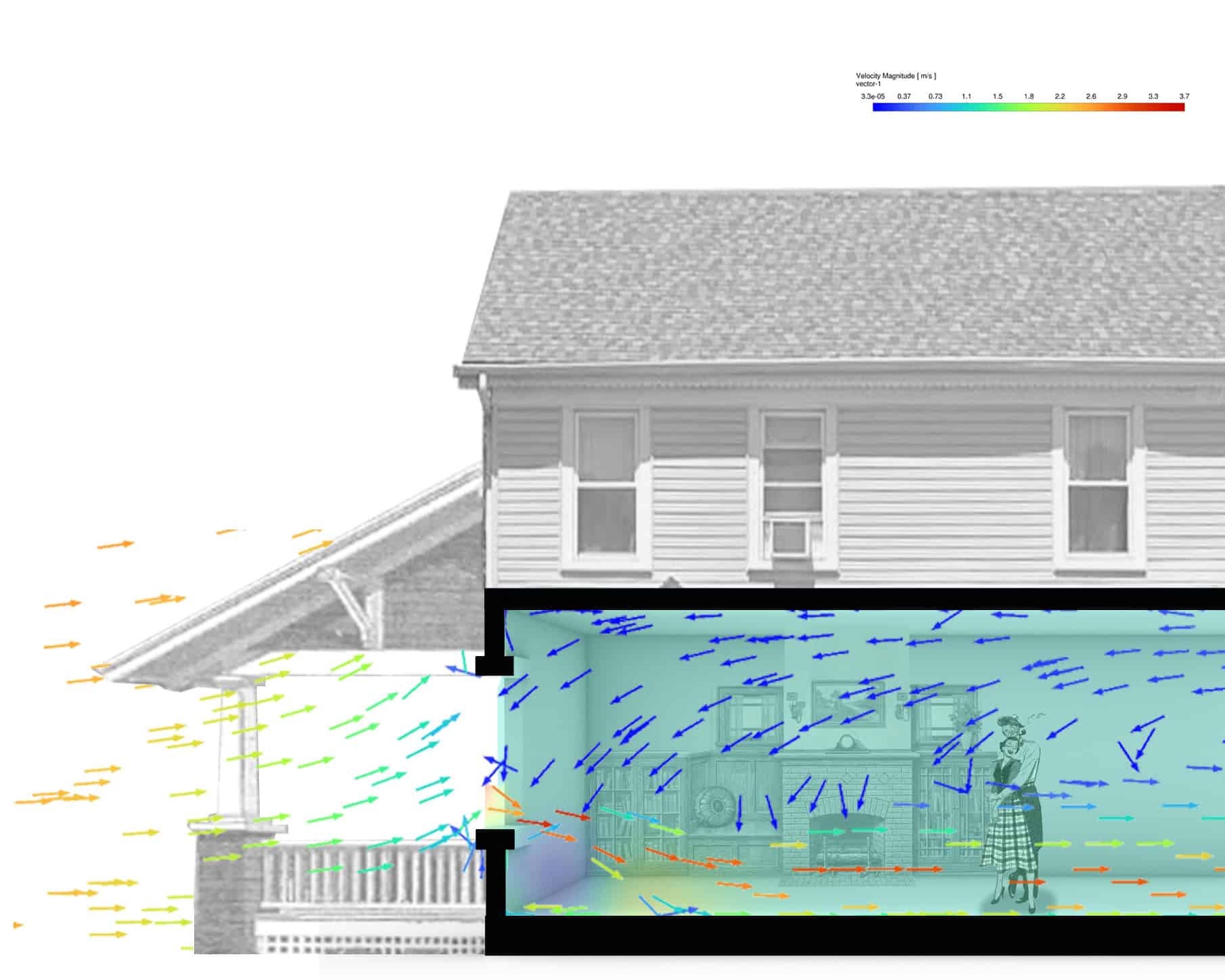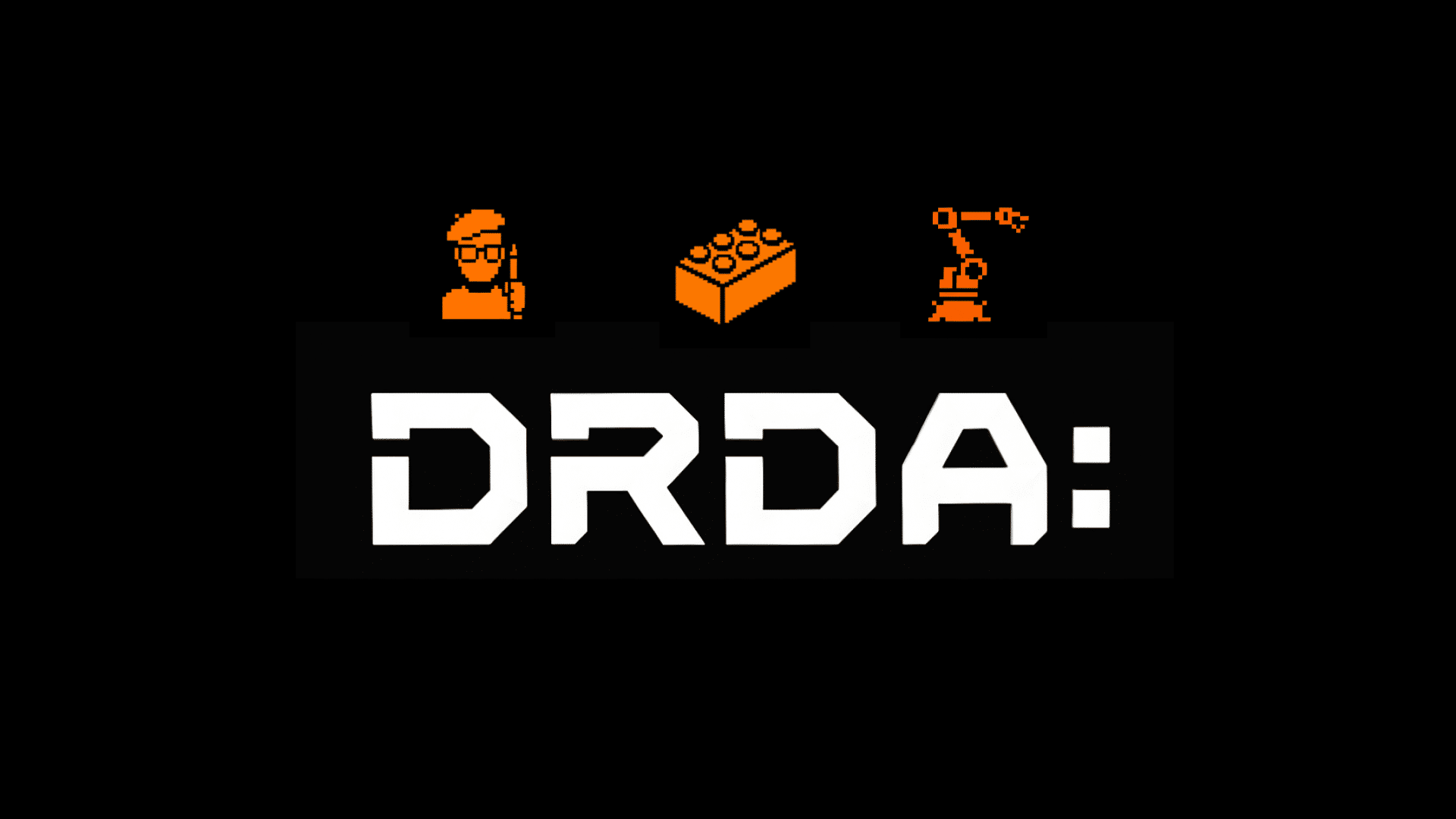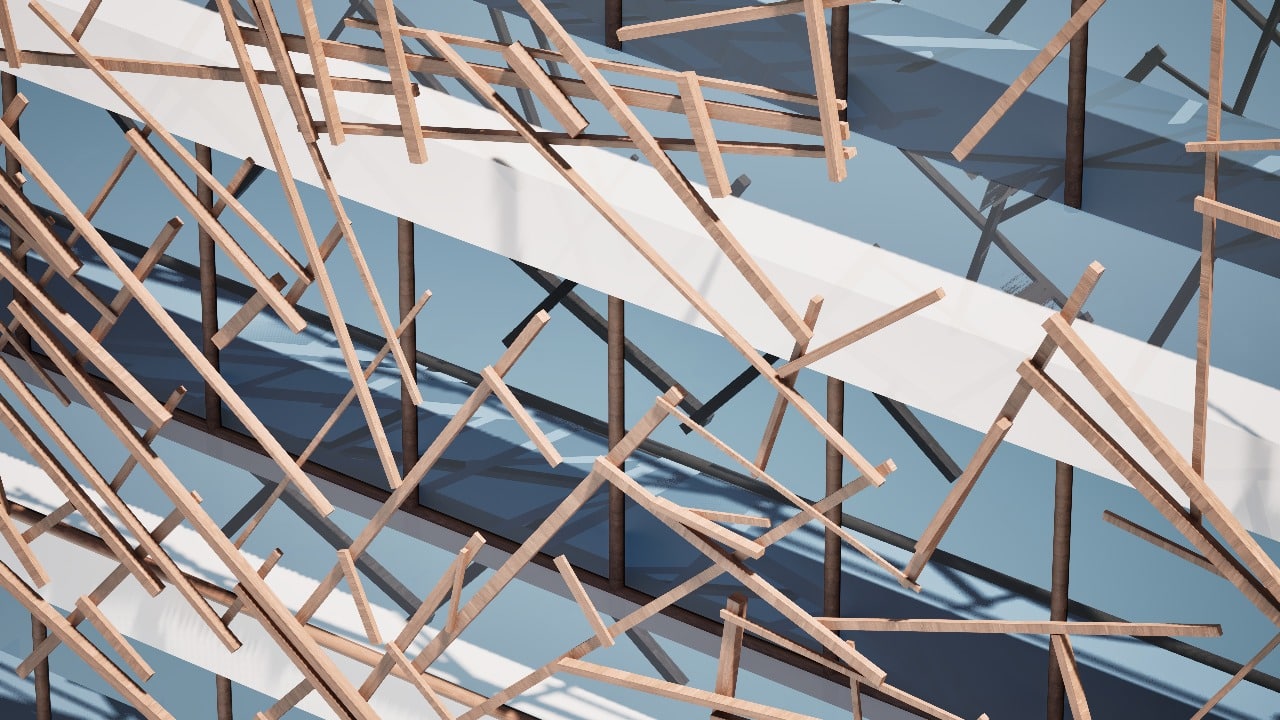CASSATTA – Robotic Fabrication of Trencadis Art
Introduction Trencadis is a form of Mosaic art formed and developed by Architect Antonio Gaudi using discarded broken tiles. This was done by hand back then of course. Nowadays , with progress in the development of technology, robotics are nowadays used in accurately stacking bricks upon one another, 3D printing as well as placing pieces … Read more

